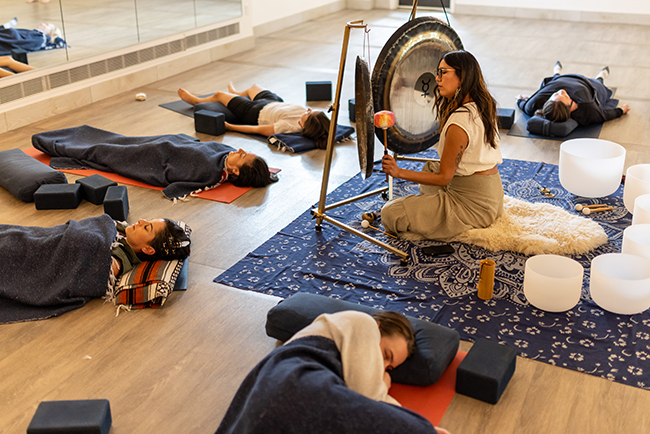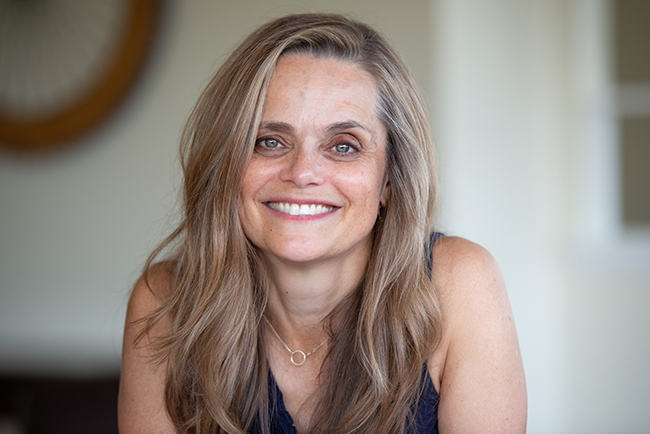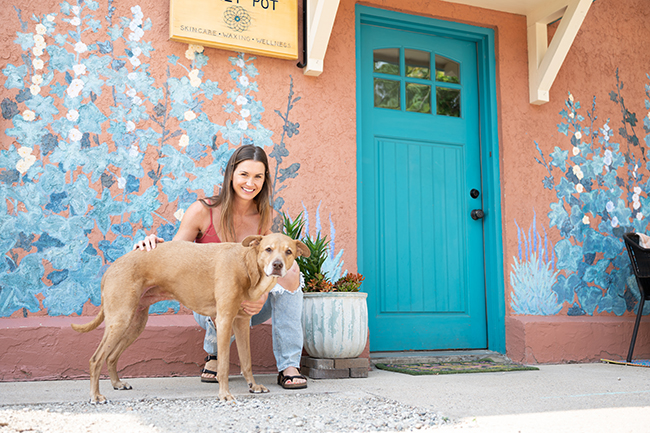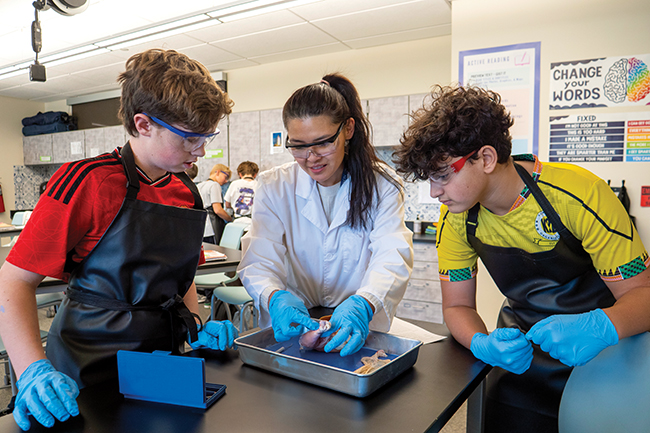Worried Sick: Kids as young as 3 are experiencing anxiety disorders
14 Sep 2017
Sweaty palms, nausea, a rapid heartbeat, irregular breathing, stomachaches, confusion, nonstop crying and frequent vomiting.
By Julie Marshall Panic attacks and their various symptoms are not a pleasant experience, says Grace, a Littleton teenager who prefers not to use her last name because of the stigma of mental illness. Her symptoms started in sixth grade, when she felt pressured to perform well in school and in the swimming pool. “I remember feeling anxious all the time,” says Grace, who was nationally ranked. “I always wanted to be the best and to make sure my parents were proud of me. I wanted others to see me in this ideal way.” While anxiety is a normal, even beneficial, part of the human experience, an alarmingly high level of anxiety among children and adolescents is prompting healthcare professionals, parents and communities to ask what is making our kids so anxious that they are becoming chronically ill.
(photo courtesy University of Colorado School of Medicine)
A Full-Blown Disorder
“Everyone has anxiety to some degree,” Mullin says. It crosses the line to a “full-blown disorder” when it impairs functioning or causes debilitating stress and suffering. “If you are afraid of bees, but you still go outdoors and play with friends, that’s not a clinical disorder,” Mullin explains. “But if your fear of bees prevents you from enjoying the outdoors, then your anxiety level has become a real concern.” Grace sought Mullin’s help her sophomore year in high school, when she was physically ill every day and missing too much school. “I was in crisis mode,” she says. Grace says cognitive behavior therapy—a form of talk therapy—helped by training her to express irrational thoughts out loud and then attack them with logic. A technique called exposure therapy also helped her confront her fears, but that was a slow process. To chip away at her panic attacks, “[Dr. Mullin] had me go into the main lobby at Children’s Hospital and dance,” Grace says. “For days I would say, ‘I’ll do it tomorrow,’ but we had figured out that I had spent so much time worrying about what others thought about me that these ‘exposures’ would help.” Exposure therapy is critical to anxiety treatment, Mullin says. “As you put yourself into anxiety-provoking situations, you gradually learn to tolerate rather than avoid them. There’s compelling research [showing] that you can actually change what the brain determines as a threat.” Grace, who plans to study acting in college next year, says many of her peers suffer from severe anxieties that could be quelled with coping skills, even simple ones such as deep breathing. “My confidence has soared, and so has my quality of life.”Catching Anxiety Early
At 3 years old, Jade Stoker would hold her breath until she turned blue and almost passed out. On advice from a pediatrician, her mother, Sierra Stoker, sought help from Bridget Borsdorf, M.A., LPC, director and lead therapist of Boulder’s Bridge Center for Play Therapy. “I was going through a divorce, and Jade had all these emotions she didn’t know how to handle,” her mom says. “I didn’t know what to do to help her.”Play therapy is a great way for kids aged 2 to 10 to express emotions, Borsdorf says. A typical session can include pretend swordfighting, playing board games or making shapes at the sand table. “It’s all child-directed. I follow their lead,” Borsdorf says. “I can learn a lot about what their emotional issues are from watching them play.” Jade played with plastic snakes during her first session. “She literally beat Bridget [with the toy snakes], then looked around the room to see the reaction,” Stoker says, explaining that Jade was subconsciously provoking her target to act out her own fear of rejection. “Anxiety is just a fancy word for fear,” Borsdorf says. “I think the core issue for most kids is they are really terrified to be who they are and fear they won’t be accepted by others. It’s sad. I’m seeing kids every day as young as 3 who already have an internal voice telling them it’s not OK to feel what they feel. So they push these emotions down to the point where they manifest as symptoms of anxiety disorder.” Jade’s treatment included identifying her differing emotions and labeling them so she could practice experiencing all emotions with acceptance and without fear, building emotional tolerance, Borsdorf says. Also, Jade’s parents had to practice modeling talking openly about uncomfortable feelings. “I grew up in a family that didn’t talk about their feelings, so that’s been a challenge,” Stoker says. “The key thing is Jade knows that it’s OK for her to be herself, and no matter what, she will be loved. I think all kids need that.”Stress Relievers
Families and schools like these non-drug remedies that start at around $20 and help many kids with anxiety, as well as hyperactivity and autism-spectrum disorders.
Zoe, 9, says her fidget spinner makes her feel relaxed, and distracts her from things she worries about. Bouncy Bands, which attach to school desks and chairs, let children move their feet and legs to burn off nervous energy.
Chewing on silicone Chewbeads can relieve anxiety.
Julie Marshall, an author and freelance writer, is the founder of the nonprofit Brainsong, which connects professional performing artists with families living with different abilities. She lives in Lafayette.












